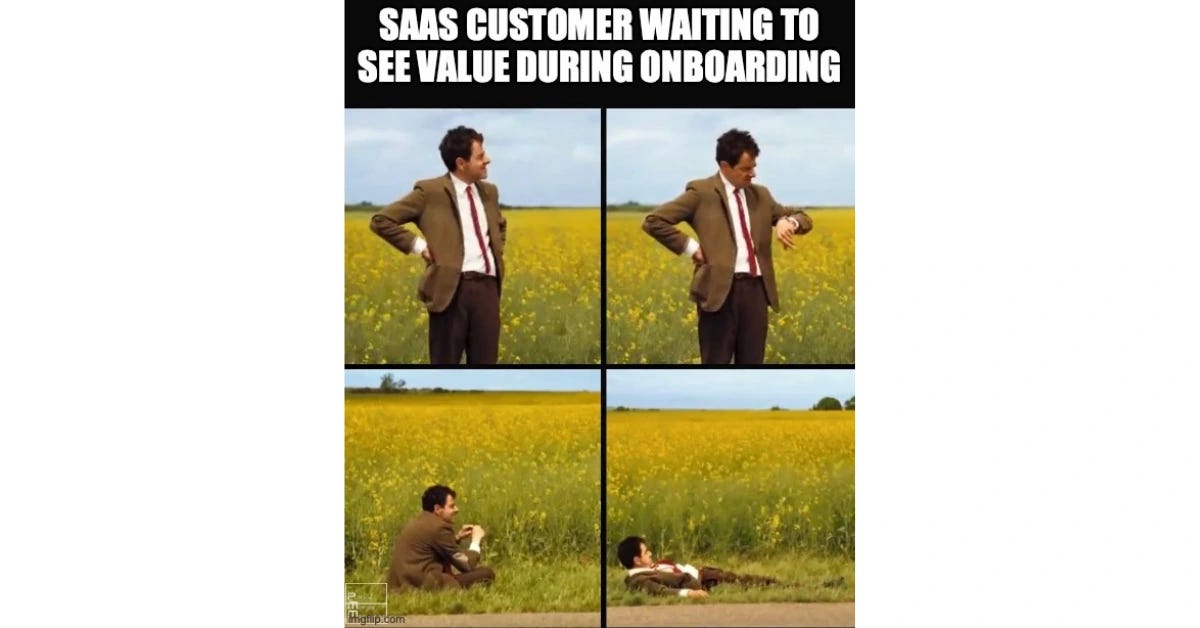How to sequence your growth squads
Don’t get cute with the Growth team order. Build them in the right sequence.
Your company decided to invest in Growth.
Let’s say you’ve won the budget battle, earned leadership buy-in, and secured headcount. Now what?
Most companies start by dabbling - running a few experiments or asking a solo PM to “own a metric” (check out my post on six rules of hiring for growth that answers the question of “When is the right time to hire my first full-time growth person?” And “What should I look for when hiring for growth?”) That’s not what we’re talking about. We’re talking fully staffed, cross-functional squads built to move key Growth levers.
And here’s the real unlock: the order matters.
Growth typically breaks down into four focus areas: activation, monetization, acquisition, and retention. Build in the wrong sequence, and you’ll end up chasing outcomes you can’t actually influence, while the biggest opportunities go untouched.
And the order should go something like this:
🎤 But first… a brief interruption from your regularly scheduled growth musings: I’m kicking off Optimizely’s FREE virtual Test & Learn event on May 21st with the opening keynote! I don’t speak at many conferences - because, well, introvert life 😅 - but this is one of the rare exceptions.
We’ll get into:
Difference between shipping to release vs. shipping to validate
Why your experiment backlog is bloated with defense when it needs more offense
And how AI is quietly rewriting the experimentation rulebook while we’re still arguing over sample sizes
Come for the hot takes, stay for the data.
Register here - and yes, it’s totally free!
Always, always, always start with activation
Did I mention you should start with activation!?
Too often, companies kick off Growth by chasing surface-level problems - low acquisition, free-to-paid conversion, or weak retention. So they spin up a squad to fix that one thing.
But here’s the catch: those are usually symptoms. The real disease? Poor activation.
You can spend all day driving traffic and launching pricing experiments, but without activation, it’s just churn with extra steps (I’m coining this phrase).
Fix activation, and suddenly monetization improves, retention goes up, and acquisition loops actually start to work. Truly, like magic.
Here’s a tight list of 5 core responsibilities for the Activation Squad:
Define and measure activation: Identify the real "aha" moment and track the behaviors that lead to it.
Optimize onboarding: Design flows, prompts, emails, and guided experiences that get users to value.
Shorten time-to-value: Remove friction in setup, offer templates, and surface the right features at the right time. Every minute counts here, people!
Drive early engagement and habit loops: Use nudges, reminders, and in-product cues to reinforce key behaviors.
Accelerate team activation (for B2B): Encourage invites and collaboration to get full accounts activated, not just individuals.
For example, in Miro, true activation isn’t drawing a sticky note. It’s collaborating with someone else - that’s when the product really clicks, all measured on Weekly Active Team basis.
→ Metric ownership: a number of activated accounts. Hint - you should be activating 40-50% of your ICP sign ups.
So before you optimize conversion or retention, fix activation. Every. Single. Time.
Check out a post I did on “I bet you are doing product activation all wrong.”
Then, address monetization
Now that you’re reliably getting users to value, it’s time to make all the moneys. 💸
And here’s why monetization should always come after activation: First of all, better activation will drive better monetization on its own. Second of all, once activation is humming, you’ll have more engaged users that may look slightly different (adjacent users and all)… but not all of them will be paying. That’s a clue to:




